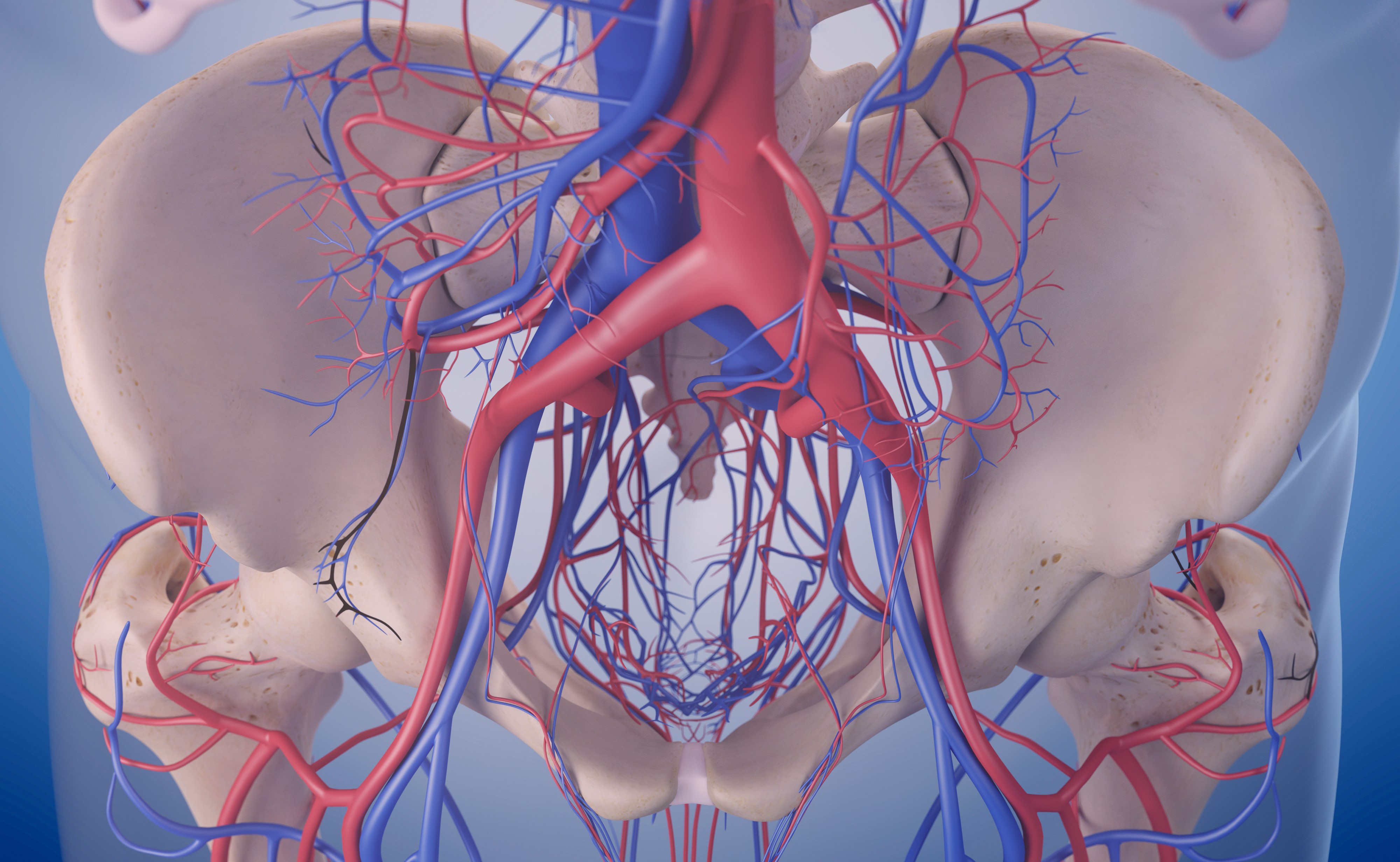|
|

|
*|MC_PREVIEW_TEXT|*
10/28/2025
|
|
IT’S TRAUMA TUESDAY is
a Free Weekly Newsletter
Brought to you by
TCAR
Education Programs
|
|
For nurses and other clinicians
practicing anywhere
along the trauma care
spectrum
|
|
|
|
|
|
Take a quick test of your trauma care
knowledge
|

|

|

|
|
|
|
Article of the Week
Pelvic Fractures Can Be Deadly
|

|
|
This study reinforces the extremely high mortality risk in patients with hemodynamically unstable pelvic fractures. It reveals wide variation in national practice regarding the sequence and choice of hemorrhage control interventions, with mortality rates ranging from 33% to 71%. These findings support the need for a standardized algorithm to improve outcomes in pelvic hemorrhage control. For nurses, this highlights the importance of anticipating complications, closely monitoring patients—especially those requiring pelvic packing or multiple interventions—and supporting damage control resuscitation strategies. Click the link to view the article or watch a short AI-generated article summary (7 min 16 sec).
|
|
|
|
Anand T, El-Qawaqzeh K, Nelson A, et al. Association Between Hemorrhage Control Interventions and Mortality in US Trauma Patients With Hemodynamically Unstable Pelvic Fractures. JAMA Surg. 2023;158(1):63-7.
|
|
|
|
Trauma Happenings
When Animals Attack
|

|
|
Animal bites are a common reason for visits to the emergency department in the U.S., with approximately 4.5 million dog bites occurring annually and about 800,000 requiring medical attention. Dogs and cats constitute most of the mammalian bite wounds, many of which can be treated in the ED with appropriate wound care, including inspection, irrigation, and debridement. This online overview from Medscape reviews the causes, pathophysiology, clinical signs, diagnosis, and treatment of animal bite injuries. Warning: The article includes some graphic images.
|
|
|
|
|

|
![]()
|
|
The ACS TQIP Annual Conference, Nov 8-10, Chicago, IL
|
|
Get ready for the most significant trauma event of 2025, the ACS TQIP Annual Conference. It's the 15th anniversary of the American College of Surgeons' Trauma Quality Improvement Program (ACS TQIP). For those unfamiliar with the event, it's the yearly gathering of trauma medical and nursing leaders from every ACS-verified and aspiring trauma center worldwide. If you're planning to attend, stop by the TEP booth (#429) to say hello, ask questions, discuss courses, and pick up some of our FREE fun badge ribbons.
|
|
|
|
|
|
You can reveal a letter or the entire
word if you get stuck
|

|

|

|
|
|

|

|
|
Spinal Cord Kaput? 3D Print a New One!
|
|
Researchers at the University of Minnesota introduce a new approach to treating severe spinal cord injuries that combines 3D printing technology with stem cell biology. The method involves creating a specialized 3D-printed scaffold with tiny channels seeded with spinal neural progenitor cells (sNPCs) derived from adult human stem cells. This scaffold is designed to guide the growth of new nerve fibers across the injury site, effectively creating a "relay system" to bypass damaged areas. It is important to note that this work has been done only on animal models, so we're still far from testing on humans. However, these results provide a hopeful glimpse of a possible treatment for this severe injury, which affects over 300,000 people in the U.S. Click the link to read more.
|
|
|
|
|

|
|
|
|
|
|
Follow Us
Want to join the trauma care conversation?
Follow Us on Facebook, Instagram, and X.
|

|
|
|
|
|

|
|
TCAR
Education Programs
tcarprograms.org
info@tcarprograms.org
Office: (503) 608-4900
International Toll-Free: +1 800-800-2015
|
|
|
|
Copyright © 2025 TCAR Education Programs. All rights reserved.
You are receiving this email because you opted in by purchasing or registering for a
course or subscribing to our newsletter on our website.
Want to change how you receive these emails?
You can
update
your preferences or
unsubscribe
|